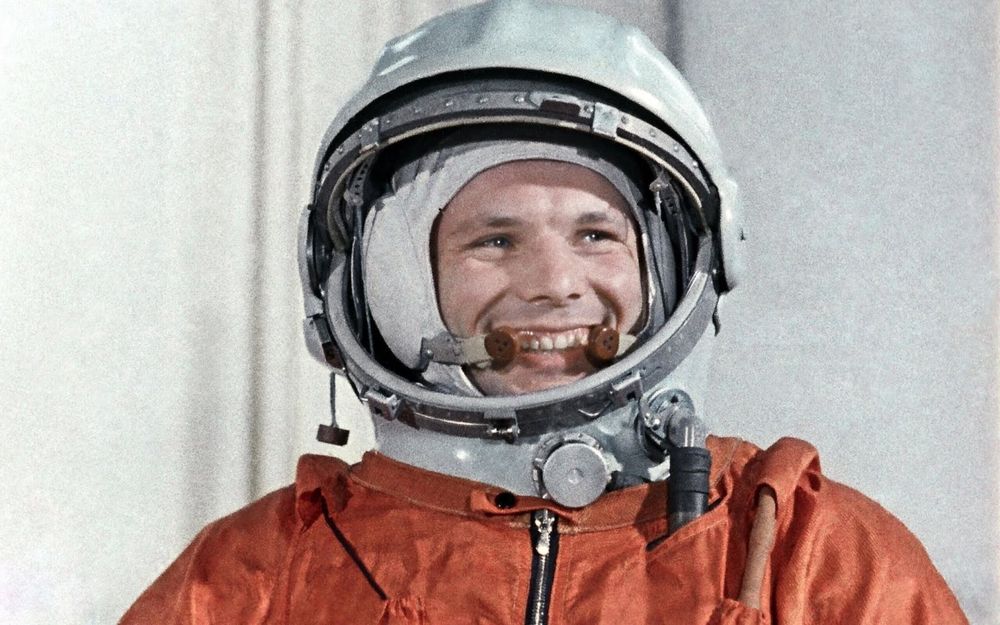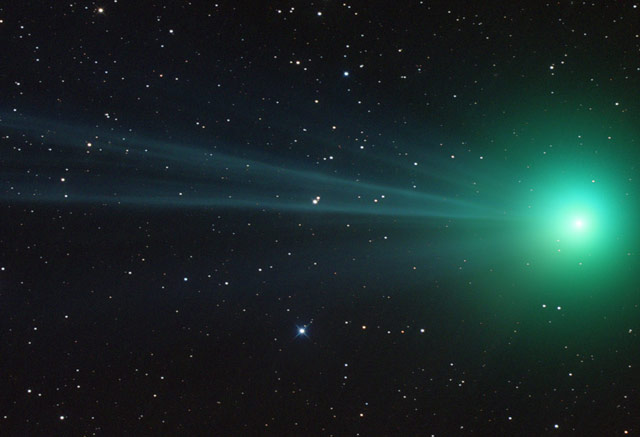Hi everybody!
Here's the latest article from the Astronomy site at BellaOnline.com. It's for kids and everyone else too.
Mercury Facts for Kids
Now that Pluto is a dwarf planet, Mercury is the baby of the planets. It's close enough to the Sun for lead and zinc to melt during the day. Yet there may be frozen water in deep craters. Until space probes came along Mercury was a mystery hidden in the Sun's glare, but that's changing!
http://www.bellaonline.com/articles/art55109.asp
*The night sky*
It was clear tonight and I was delighted to see Orion on my way home. Two first magnitude stars, Betelgeuse (which is red) and Rigel (which is blue), were very easy to spot despite the brilliance of the full moon. The constellation is very prominent in the southeastern sky. If you look at the belt stars and and let your eyes drift downward to where they point, you should see Sirius very low in the sky.
*A double moon?*
This looked like a composite image: http://www.universetoday.com/wp-content/uploads/2011/01/dione-enceladus-580x580.jpg After all, you couldn't have two moons right next to each other. But the Cassini probe took the picture, so the two moons must be at different distances. To me the larger one (Dione) looks closer than the smaller one (Enceladus). But it turns out that Cassini was only 510,000 kilometers (317,000 miles) from Enceladus, but around 830,000 kilometers (516,000 miles) from Dione. Great picture!
*Anniversaries*
(1) What happened on January 19th?
Johann Bode, a German astronomer, was born in 1747. He's chiefly known today for Bode's Law, which isn't a law and wasn't original to Bode. However Bode was the Director of the Berlin Observatory, observer, writer and well known for his star atlases. (I'll be writing about him soon.)
Jacobus Kapteyn, a Dutch astronomer, was born in 1851. He was the first to find evidence that our galaxy rotates.
In 2006 NASA launched the New Horizons probe to study Pluto and the Kuyper Belt. It's currently half way to Pluto. http://www.nasa.gov/mission_pages/newhorizons/main/index.html
(3) Edwin “Buzz” Aldrin, the second man on the Moon, was born on January 20, 1930.
The not-so-well-known Simon Marius was born on that date in 1573. He was one of the first people to observe the heavens with a telescope. He named the four largest moons of Jupiter and claimed their discovery, though the credit is generally given to Galileo.
(4) Pioneer 10's last signal was received on January 22, 2003. Pioneer 10 was the first probe to go to Jupiter. It was designed to last for less than two years, but was still functioning after thirty years. It studied the solar wind on its way out of the Solar System. It's over 100 AU from the Sun and headed towards Aldebaran (in the constellation Taurus). An AU is an astronomical unit equal to the distance from the Earth to the Sun.
That's all for this now. Wishing you clear skies.
Please visit astronomy.bellaonline.com for even more great content about Astronomy.
To participate in online discussions, this site has a community forum all about Astronomy located here -
http://forums.bellaonline.com/ubbthreads.php?ubb=postlist&Board=323
I hope to hear from you sometime soon, either in the forum or in response to this email message. I welcome your feedback!
Do pass this message along to family and friends who might also be interested. Remember it's free and without obligation.
Mona Evans, Astronomy Editor
http://astronomy.bellaonline.com
.
astronomy Newsletter








